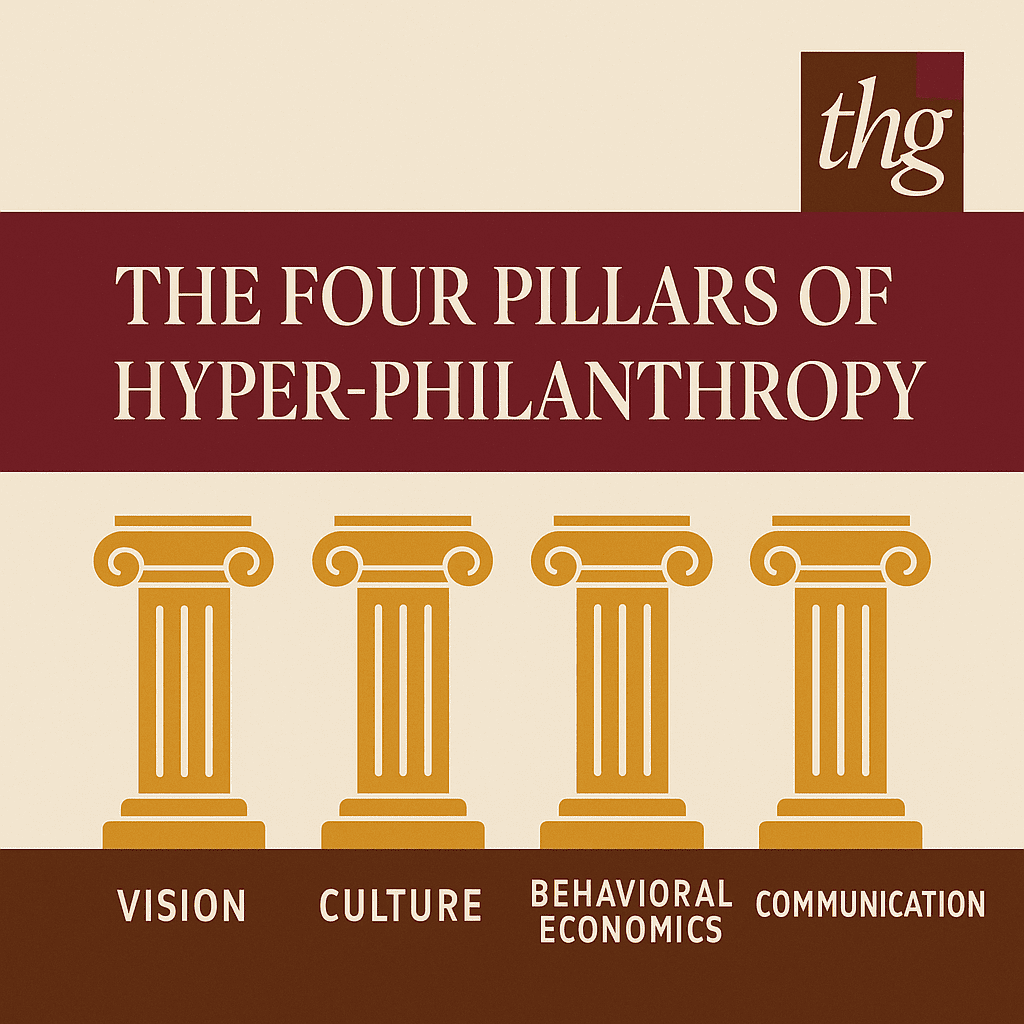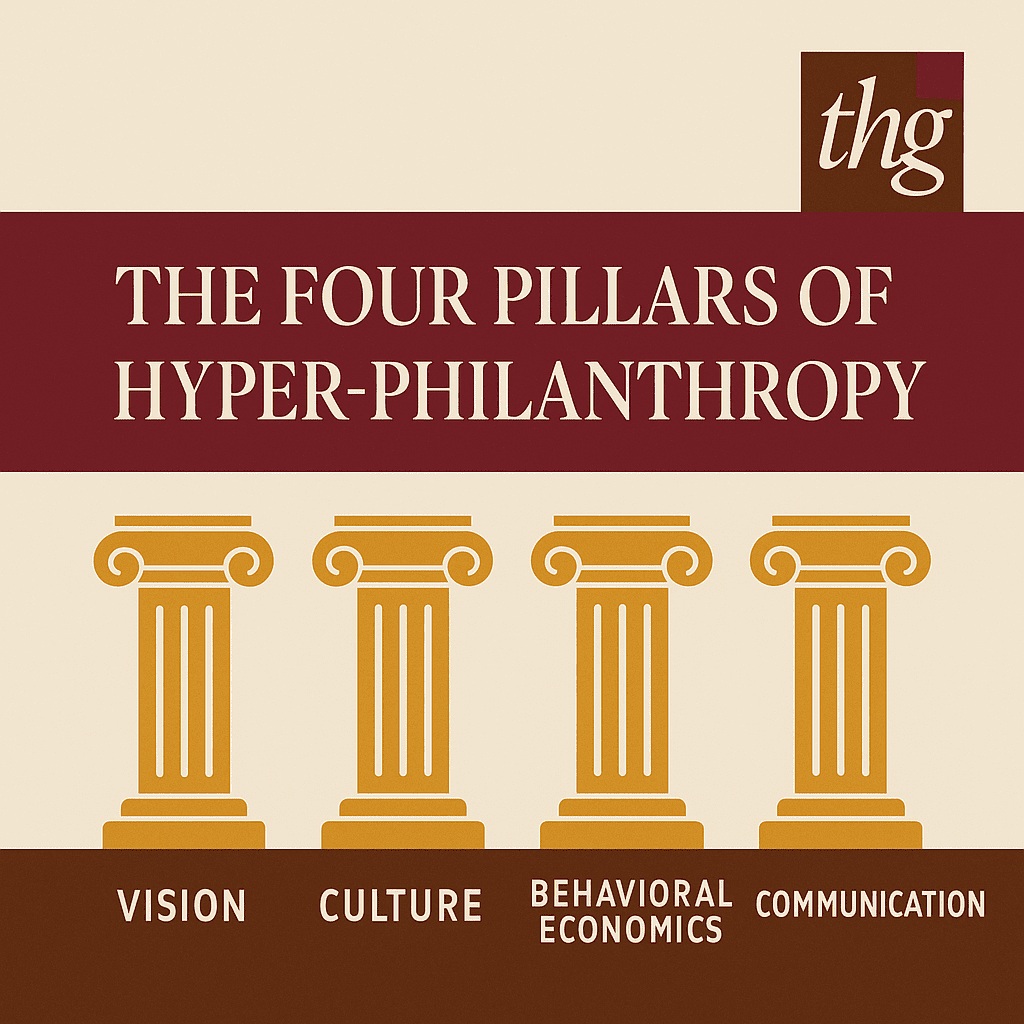A Six Sigma Lesson for Nonprofits:
In the manufacturing and business sectors, many pursue Six Sigma credentials, which essentially teach that it costs more to correct mistakes than to do things right the first time. From this framework, it moves through a certification series to ensure the best practices can be applied toward the greatest return on investment of both time and money.
Nonprofits can benefit from this theory as well within the context of avoiding the creation of a loosely developed fundraising plan. While pulling together a plan that is not tightly aligned with your strategic goals and financial needs may not appear catastrophic at first, the hidden costs compound over time. Instead of creating sustainable growth, organizations end up spending valuable time and resources untangling avoidable problems. A clear nonprofit development plan prevents that.

These “rework” costs manifest in many ways:
Staff Burnout – Teams forced into ongoing cycles of “emergency campaigns” which lead to analysis paralysis.
Donor Fatigue – Supporters exhausted by repeated asks without meaningful engagement.
Revenue Instability – Overreliance on the same grants or single sources of income leaves organizations vulnerable.
Reputational Risk – Constant financial crises erode donor trust and organizational credibility.
Just like in operations management, the lesson is clear: an upfront investment in time and money (yes, it costs money to make money) will cost far less in the future than burning cycles through a loosely developed model.
Best Practices Backed by Metrics:
The good news is that a strong, sustainable development plan doesn’t have to be complicated. It does, however, require discipline, focus, and measurement. Here are the industry standards that should guide your framework:
- Donor Retention Rate – A healthy benchmark is 60% or higher. Falling below 50% signals a leaky pipeline that needs repair.
- Fundraising ROI – For every dollar invested, events should net at least 3:1, while major giving campaigns can reach 5:1 or more..
- Cost to Raise a Dollar (CTRD) – Sector averages: $0.20–$0.25 for major gifts, $0.50 for events. Anything higher is a red flag for inefficiency.
- Gift Pipeline Health – A balanced portfolio across annual, mid-level, major, and planned gifts ensures resilience.
By tracking these metrics consistently, nonprofits can diagnose weaknesses before they spiral and double down on what works. A fundraising strategy consultant can help you set targets and build a realistic plan. At THG, where we work with nonprofit organizations of all sizes and across all sectors, we hold firm to the evidence that what works best is a focus on developing meaningful relationships.
The Framework for Sustainability:
A truly effective nonprofit fundraising plan is not just a set of tactics. It’s a system built for resilience, adaptability, and growth. The Hodge Group aligns those whom we serve with a thriving plan that aligns with our four pillars of Hyper-Philanthropy™:
- Vision – Clear, compelling strategy that connects mission to community impact.
- Culture – Staff, board, and volunteers living into the plan so stakeholders see it in action.
- Behavioral Economics – Understanding how donors think and making giving easy, joyful, and meaningful.
- Communication – Sharing the story consistently so donors invest not just in programs, but in the organization’s future.
This is the nonprofit equivalent of Six Sigma discipline: designing a process that avoids rework, increases efficiency, and builds long-term trust.
Conclusion:
The true cost of a loosely developed nonprofit fundraising plan isn’t just lost donations—it’s lost momentum, missed opportunities, and weakened trust. By adopting proven best practices and measuring against key performance indicators, nonprofits can move beyond crisis management and into sustainable growth.
Doing it right the first time doesn’t just save money—it accelerates impact and advances your mission.

